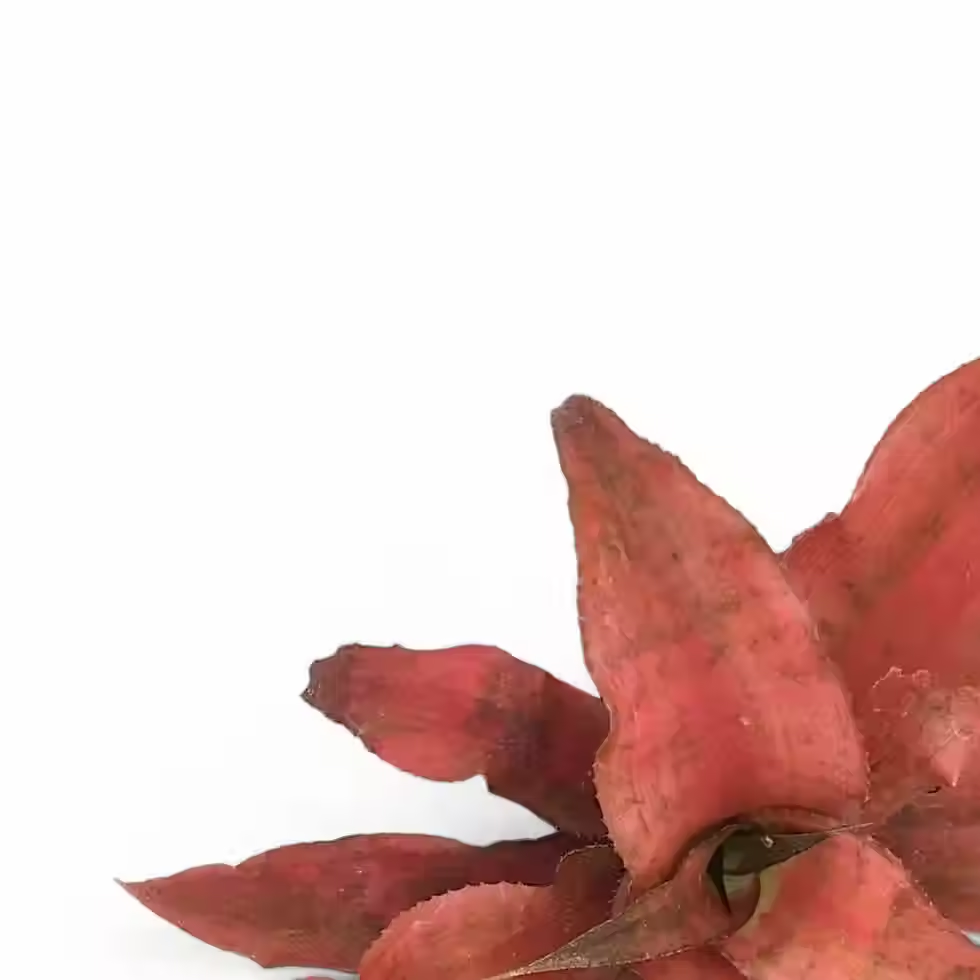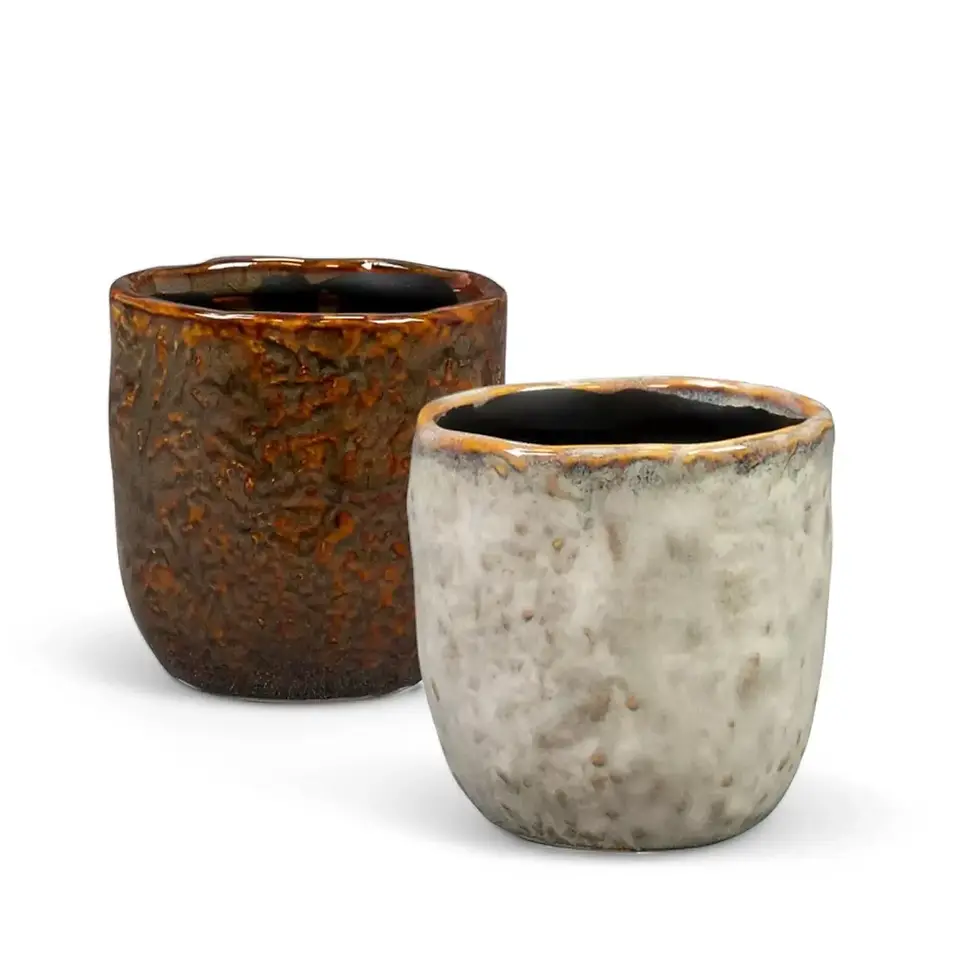Dionaea muscipula - Essential Information and Care Guide
Dionaea muscipula, commonly known as the Venus flytrap, is one of the most fascinating carnivorous plants, famous for its rapid trap mechanism. Native to the bogs of North and South Carolina, it thrives in nutrient-poor, acidic soils and supplements its diet by capturing and digesting insects. Each trap consists of two hinged lobes lined with trigger hairs—when an insect touches these hairs twice in quick succession, the trap snaps shut in under a second.
Why Choose Dionaea muscipula?
- Interactive Carnivorous Mechanism: Uses active trapping to capture prey.
- Compact Growth: Reaches 10-15 cm in diameter with traps up to 3 cm long.
- Striking Coloration: Traps develop deep red hues under bright sunlight.
- Unique Growth Habit: Forms a low-growing rosette with multiple traps.
- Dormancy Cycle: Requires a cool winter dormancy to maintain long-term health.
Natural Habitat and Growth Conditions
- Native Climate: Subtropical wetlands of the Carolinas, thriving in acidic, nutrient-deficient soil.
- Growth Rate: Slow-growing, producing new traps regularly during the growing season.
- Toxicity: Non-toxic to humans and pets.
- Lifespan: Can live for decades with proper care.
- Trade Restrictions: Listed under CITES Appendix II, meaning its trade is regulated.
How to Care for Dionaea muscipula
→ Light Requirements
- Requires at least 6 hours of direct sunlight daily.
- Without adequate light, traps lose red coloration, and growth weakens.
- If natural light is insufficient, use high-intensity grow lights.
→ Watering
- Only use distilled, rainwater, or reverse osmosis water.
- Keep soil consistently moist but not waterlogged.
- Never use tap water, as minerals can harm the plant.
→ Humidity and Temperature
- Prefers humidity levels between 50-70%.
- Ideal temperatures range from 20-30°C in the growing season.
- Requires winter dormancy (5-10°C) for 3-4 months.
→ Soil and Pot Choice
- Use a nutrient-poor, acidic mix (2:1 sphagnum peat moss and perlite).
- Avoid standard potting soil and fertilizers.
- Use plastic or glazed ceramic pots with drainage holes.
- Avoid terracotta pots, which can leach harmful minerals.
→ Fertilizing and Feeding
- Do not use traditional fertilizers—Venus flytraps obtain nutrients from insects.
- If indoors without access to prey, feed live bugs (flies, spiders) occasionally.
- Avoid feeding human food, meat, or dead insects.
- Each trap can only close 3-4 times before dying off.
→ Propagation
- Best propagated by dividing rhizomes during repotting.
- Seed propagation is possible but slow.
→ Pruning and Maintenance
- Trim dead or blackened traps to prevent fungal issues.
- Avoid triggering traps unnecessarily to conserve energy.
→ Dormancy
- Essential for long-term health—reduce watering and keep temperatures at 5-10°C.
- Skipping dormancy weakens the plant over time.
Common Problems with Dionaea muscipula and Solutions
→ Blackening Leaves or Traps
- Overfeeding: Feed only small live insects occasionally.
- Natural Aging: Remove old traps as they dry out.
- Tap Water Use: Always use distilled, rain, or reverse osmosis water.
→ Pests
- Common pests include aphids, spider mites, fungus gnats, and thrips.
- Treat with insecticidal soap or rinse gently with distilled water.
→ Root Rot
- Caused by excessive moisture or poor drainage.
- Ensure well-draining soil and avoid standing water.
→ Traps Not Closing
- Traps may have reached the end of their lifespan.
- Insufficient light reduces trap function—provide more direct sunlight.
- Avoid excessive manual stimulation to conserve plant energy.
→ Loss of Red Coloration in Traps
- Increase exposure to direct sunlight to enhance pigmentation.
Additional Considerations
- Prey Availability: Growth and health are linked to its ability to catch insects.
- Natural Conditions: Mimicking its Carolina wetland habitat helps ensure optimal growth.
Etymology and Historical Context
- Genus Name (Dionaea): Named after Dione, mother of Aphrodite in Greek mythology.
- Species Name (muscipula): Latin for “mousetrap,” referencing its trapping mechanism.
- First Described: By John Ellis in 1770—one of the most researched carnivorous plants.
Frequently Asked Questions about Dionaea muscipula
- Why is my Venus flytrap turning black? Aging, overfeeding, or tap water use. Remove blackened traps and ensure proper care.
- Can I grow a Venus flytrap without feeding it insects? It can survive, but for long-term health, occasional manual feeding is beneficial.
- Do Venus flytraps flower? Yes, in spring. However, flowering drains energy, so cutting off flower stalks is recommended unless seed production is desired.
Order Your Dionaea muscipula Today!
Experience the wonder of this interactive carnivorous plant. Order now and bring home one of nature’s most fascinating specimens!
Dionaea muscipula
Available sizes for Dionaea muscipula (Venus Flytrap):
Baby Plant: Approx. 10 cm tall, delivered in a 6 cm pot.
Medium (M): Approx. 15 cm tall, delivered in a 12 cm pot
.
Purchase Options: Available as a single plant or in discounted sets of 2 or 3.
Get your Venus flytrap today—choose the size and set that fits your collection!

























































